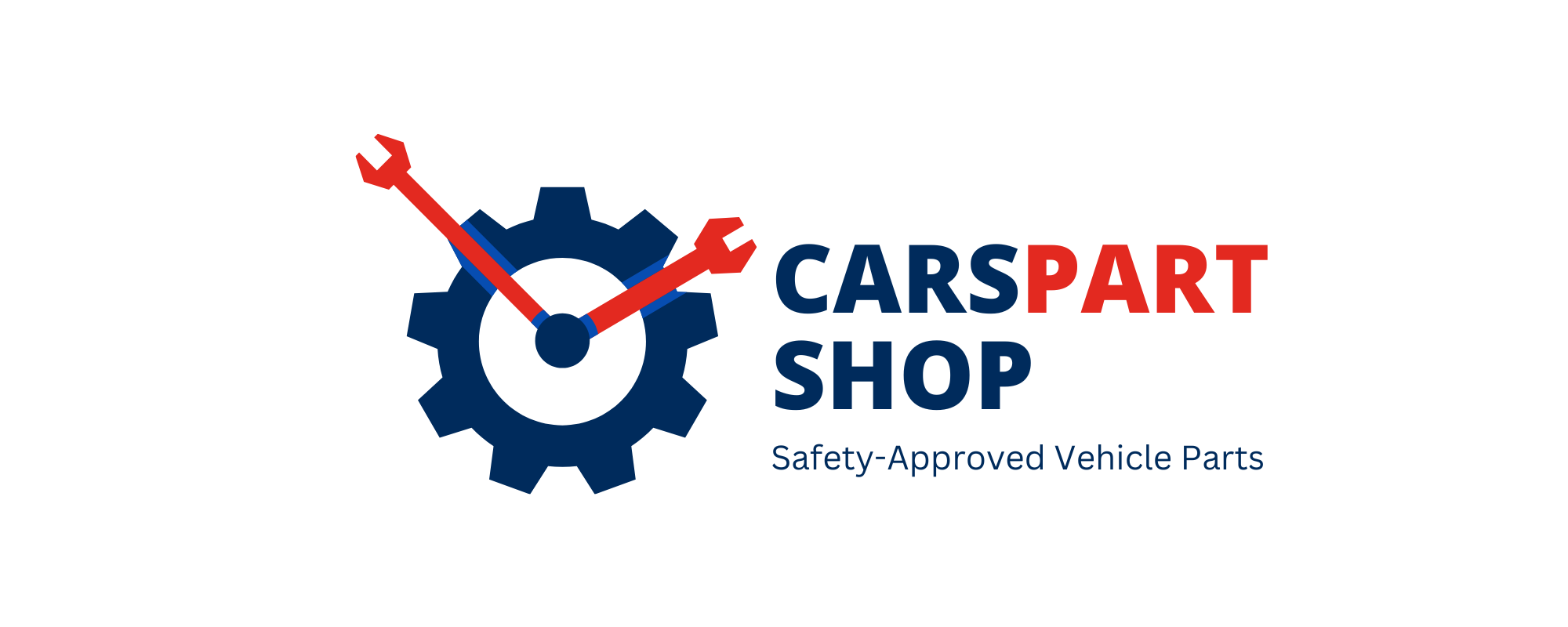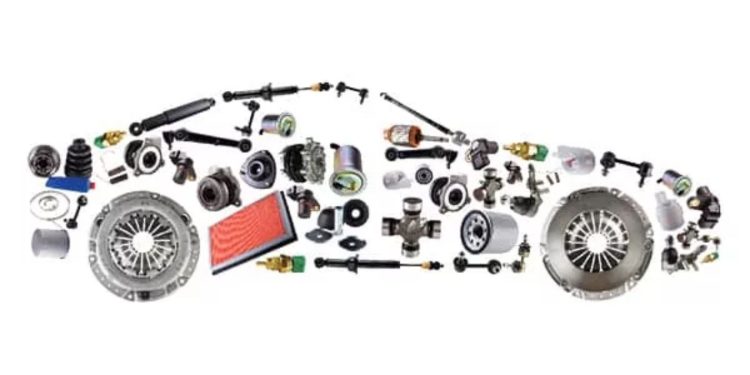The digital era has completely transformed the way we maintain and repair our vehicles. Instead of spending hours at physical auto shops or salvage yards, car owners can now buy everything they need with just a few clicks. Online used car parts shops have become incredibly popular, offering convenience, affordability, and access to parts that may not even be available locally.
But here’s the catch—buying used car parts online isn’t always straightforward. Unlike shopping in person, you can’t physically inspect the part before purchase. This raises a big concern: how do you ensure the quality of a used car part when buying online?
The good news is that with a bit of research, diligence, and smart decision-making, you can confidently buy high-quality used car parts online that meet your needs. Let’s break down the essential quality checks and considerations you should make before hitting that “buy” button.
1. Research Reliable Online Sources
The first and most important step is to identify reputable sellers. Not all online used car parts shops are created equal. Some sellers focus on providing high-quality, thoroughly tested parts, while others may simply resell without ensuring safety or compatibility.
Here’s how you can spot a reliable source:
• Check reviews and ratings. Go through customer feedback on independent platforms, not just the seller’s own website.
• Look for certification or membership. Sellers associated with recognized automotive associations are usually more trustworthy.
• Examine their history. A shop that has been around for years is less likely to risk its reputation by selling defective parts.
Remember: choosing the right seller is half the battle won.
2. Crosscheck Compatibility
One of the most common issues buyers face is purchasing a part that doesn’t fit their vehicle. To avoid this, always double-check compatibility before placing an order.
Things to verify include:
• Make, model, and year of your car.
• Part numbers and serial codes – often listed on the original component.
• Dimensions and specifications – even a small difference can make a part unusable.
Many online shops have compatibility check tools where you can enter your car details to ensure the part matches. If such a tool isn’t available, contact the seller directly for confirmation.
3. Clear Your Doubts by Asking Questions
Never hesitate to reach out to the seller before buying. A trustworthy seller will gladly answer any questions and provide detailed information about the product.
Good questions to ask include:
• Has the part been tested for functionality?
• Is this part refurbished, or is it in original condition?
• How much mileage did the donor vehicle have?
• Are there visible signs of wear or damage?
If the seller is unresponsive or avoids giving clear answers, that’s a red flag. Transparency is key in online transactions.
4. Consider Warranty Options
One of the biggest advantages of buying from a reputable used car parts shop is the possibility of getting a warranty or guarantee. While not all used parts will come with long warranties, even a short coverage period shows that the seller is confident in their product.
Warranties provide:
• Peace of mind – you’re protected if the part fails early.
• Cost savings – no need to pay twice if you get a faulty component.
• Quality assurance – only sellers who believe in their products offer warranties.
Always compare warranty options among different sellers before making your choice.
5. Check Return Policies
Imagine receiving a part that looks good online but doesn’t work in your car. Without a fair return policy, you could lose your money. That’s why it’s crucial to carefully review the seller’s return and refund policies before purchasing.
A reliable shop will:
• Allow returns for damaged, defective, or incorrect parts.
• Provide a reasonable timeframe (often 14–30 days) to initiate a return.
• Offer clear instructions and transparency about who covers return shipping costs.
Shops that offer hassle-free returns are usually the ones you can trust long term.
6. Inspect Upon Delivery
Your responsibility doesn’t end when the package arrives. The moment you receive the used car part, inspect it thoroughly.
Here’s what to check:
• Visible damage like dents, cracks, or rust.
• Signs of excessive wear that weren’t disclosed in the listing.
• Correct labeling to ensure you received the right part.
If possible, test the part before installing it. For example, check electrical components with a multimeter or have a mechanic confirm its condition. This way, you can quickly return the item if it doesn’t match expectations.
7. Look for Seller Transparency
A good online seller doesn’t just list the part—they provide complete details. The best shops will include:
• High-quality photos taken from multiple angles.
• Detailed descriptions including mileage, condition, and any minor flaws.
• Testing information showing that the part is functional.
If a listing only includes vague descriptions and stock images, proceed with caution.
8. Balance Price with Quality
It’s tempting to go for the lowest price, but when it comes to car parts, cheapest isn’t always the best. A part priced far below the average market value could be damaged or unreliable. Instead, focus on value for money – a balance between affordability and quality.
9. Think About Environmental and Ethical Impact
Buying used car parts isn’t just good for your wallet—it’s also good for the planet. By reusing existing components, you reduce the demand for new manufacturing, conserve resources, and cut down on automotive waste. Additionally, supporting ethical sellers who recycle responsibly ensures you’re contributing to a sustainable automotive ecosystem.
10. Build a Relationship with Trusted Sellers
If you find a seller who consistently delivers quality products, consider sticking with them for future purchases. Building a relationship can give you access to better deals, priority stock, and personalized support over time.
Conclusion
Purchasing used car parts online is both convenient and cost-effective, but it requires careful attention to quality. From researching reliable sellers to checking compatibility, warranties, and return policies, every step helps you make a smarter, safer purchase.
By applying these quality checks – reliability, compatibility, and transparency – you’ll not only save money but also ensure that the parts you buy genuinely enhance your vehicle’s performance.
So next time you need a replacement, don’t shy away from used car parts. With the right approach, you can shop online with confidence and get exactly what your car needs.
FAQs
Check for OEM numbers, detailed descriptions, and always buy from certified sellers with positive reviews.
Not always, but reputable shops often provide short-term warranties for customer peace of mind.
If you’ve verified compatibility beforehand, the seller’s return policy should cover incorrect parts.
Yes, but only if they provide testing records, warranties, and transparent return options.
They reduce waste, conserve raw materials, and extend the life cycle of existing components, lowering the carbon footprint of car ownership.







